Lentils: Why Bother?
Okay, so if you were a sailor in the 2nd century B.C., with no idea of when exactly could you hit the next dock or port, you certainly had no option but to stock on cereals and lentils.
You could, of course, carry some fresh fruits and vegetables, and even meat, when you set sail, but in those days of non-refrigerated travel, you had to consume these within 3-5 days.
And then go back to what else, but lentils.
You could catch fish but there was no guarantee that you could catch one just in time for your lunch or dinner.
So lentils were generally what would save your ***.
So much so that the Romans named their emperors after the most common legumes: Lentulus (lentil), Fabius (fava), Piso (pea), and Cicero (chickpea).
A lentil diet was considered necessary in Ancient Rome to achieve a modest temper (as Pliny wrote). Ancient Romans associated lentils with prudent virtues.
But that was then.
Why bother now, when anyone who can eat some non-vegetarian stuff doesn’t have to worry about any protein deficiency. Fish, lamb, chicken, turkey, pork, eggs….. are all known to be protein rich foods.
So much so, that in the West, if you are a vegetarian or a vegan, then a most commonly asked question would be:
“Don’t you run short of proteins if you simply survive on soups and salads?”
You may not like the faked, solicitous tone that usually accompanies this query.
But let’s face it. The question is quite justified.
Soups and salads may not be sufficient for your protein requirements even though it really depends what you put in your soups and salads.
So, what can a vegetarian or a vegan really do if she doesn’t want to become protein deficient?
A cavalier answer would be: go for Protein Shakes or Supplements.
But as I have already discussed in some detail in my book Healthy Cooking In A Jiffy, these come in such bewildering forms that without expert help or supervision, these may cause more harm than good to your body, with terrible side-effects to boot that range from mood swings to gout and kidney stones.
So what natural vegetarian sources of proteins can you then access?
Tofu and nuts immediately come up as worthy options that are rich in proteins and suitable for vegetarians. But that couldn’t be the end of the list, could it?
If you want a short answer, then here it is.
Lentils and Legumes.
Yes, you read it correctly.
In the Ancient times, lentils were regarded as “a poor man’s meat”. Now thanks to scientists and expert bodies like the Mayo Clinic, we know that lentils are not only high in proteins, like meats, but are actually better than meat with more dietary fibre and lower fat content.
Adults generally need 10 to 35 percent of their total daily calories from proteins. This amounts to about 50-175 grams of proteins a day based on a 2,000-calorie-a-day diet (according to Mayo Clinic).
As per the U.S. Department of Agriculture National Nutrient Database for Standard Reference, 1 cup of cooked lentils contains more than 17 grams of protein. So with some clever permutations and combinations, it should be possible to get all your protein needs from lentils, legumes and dairy products.
Meat eaters, however, will point out that since lentils do not contain all nine essential amino acids, they can’t, therefore, be regarded as a complete source of proteins. They basically lack the amino acids methionine and cysteine.
The good news, however, is that you can easily obtain all nine amino acids by consuming cooked lentils with a grain such as rice.
It is no wonder that Indian Home food is considered incomplete without Chawal, dal aur roti or rice, lentil curry and Indian bread respectively. That’s probably why Indian cuisine has such a robust tradition of cooking lentils in a variety of forms that is unmatched by any other cuisine on Planet Earth.
Now I understand how ancient Indians were able to deal with the problem of protein deficiency amongst a population that was forced to remain vegetarian most of the time. The trick was to include a cup of lentil curry (locally known as dal) for at least two meals: lunch and dinner.
Make it three if you live in South India!
Other Health Benefits of lentils also regarded as the “Healthiest Food in the World”
Lentils are rich in fibre: If you are looking for ways to reduce constipation, be assured that you do not need to swallow anti-constipation pills or those disgusting fibre supplements. Try Lentils instead. Lentils have been found to contain a high amount of dietary fibre, both soluble and insoluble. Not only do they add bulk to stool but they have also been found to reduce symptoms of the dreaded irritable bowel syndrome.
Lentils are good for a Healthy Heart: It has been found that societies that consume lentils and legumes as part of their regular diet are 82% less at a risk of developing cardiovascular diseases than those who do not. Lentils contain significant amount of folate and magnesium. Both nutrients do wonders for your heart. Magnesium is considered to be “Nature’s Own Channel Blocker”. This means that your arteries and veins breathe a sigh of relief as this mineral improves the flow of blood, oxygen and other nutrients throughout your body.
Lentils replenish Iron Needed for Energy: Lentils are rich in Iron. Iron is an integral component of haemoglobin, which transports oxygen from the lungs to all body cells. Iron is also a vital component of energy production and metabolism in the body. No wonder, lentils are nowadays recommended to pregnant women who may be at a risk of iron deficiency, as well as for growing children and adolescents in need of iron.
Lentils are low in cholesterol: Lentils are preferred over red meat (another rich source of iron) because lentils, unlike red meat, are low in fat, calories and cholesterol. They are also somewhat lower in oxalic acid and similar chemicals which cause stone formation in kidneys and result in gout, a painful affliction of joints caused by the deposition of crystals.
Have I now provided enough justification for incorporating lentils in your diet?
This excerpt forms a part of my book “The Ultimate Guide to Cooking Lentils the Indian Way” which is currently FREE on Amazon from 6-10 September 2014. Hurry!
Use Facebook to Comment on this Post
Post Tagged with health benefits of lentils, lentil cookbook, lentils, lentils nutrition, lentils nutrition facts
- Posted by
 Prasenjeet
Prasenjeet - Posted in Health, How to cook in a jiffy e-book
 Sep, 07, 2014
Sep, 07, 2014 No Comments.
No Comments.
Welcome to Cooking in a Jiffy!
If you have been looking for recipes that are truly “Home style”, you have come to just the right place. Read more
Amazon #1 Hot New Releases in Healthy diets
Amazon # 3 Best Seller in Healthy diets
Now Also Available in Portuguese
Categories
- Coolers (3)
- Fish & Fowl (17)
- Health (14)
- How to cook in a jiffy e-book (23)
- Interesting facts (10)
- King's Breakfast (8)
- Our Sweethearts (5)
- Pan Asian (3)
- Rice dishes (6)
- Snacks & Accompaniments (3)
- The Raj effect (3)
- Uncategorized (2)
- Veggie wonders (9)

 Food is never a problem for those who love to cook.
Food is never a problem for those who love to cook.








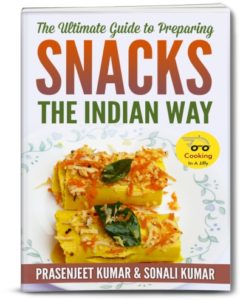
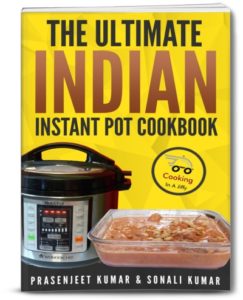
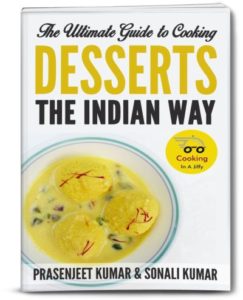
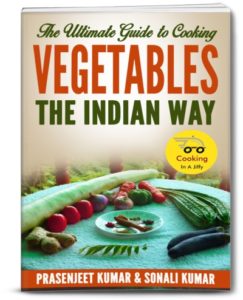
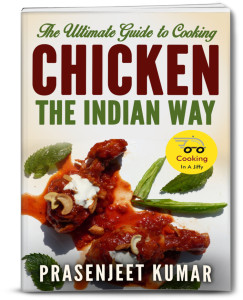
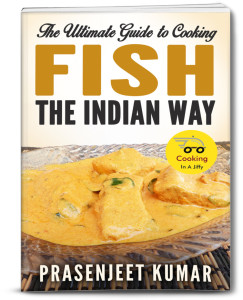
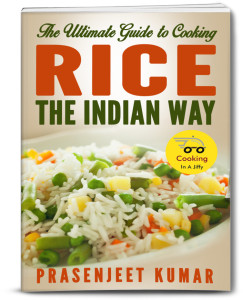
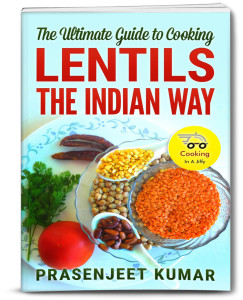
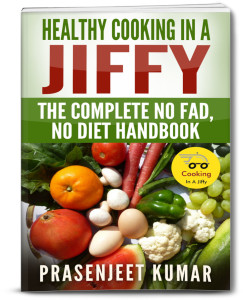
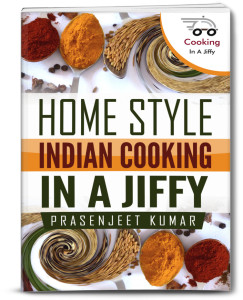
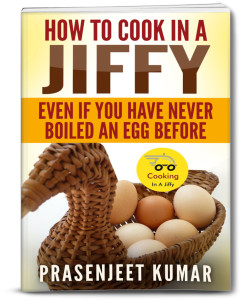

 Join Us On Facebook
Join Us On Facebook Join Us On Twitter
Join Us On Twitter Subscribe to Our Blog
Subscribe to Our Blog